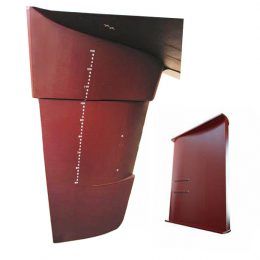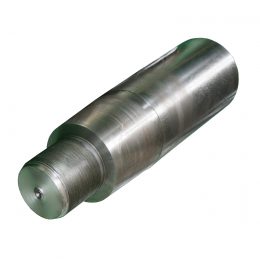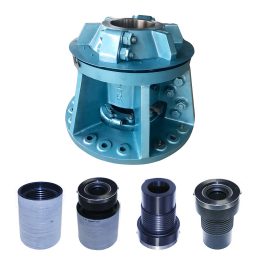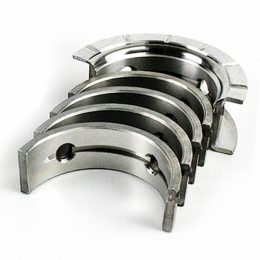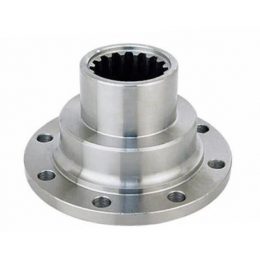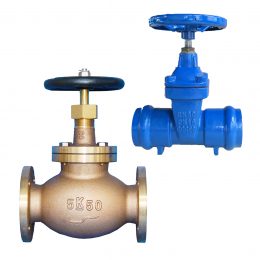2 Types of Rudders and how the rudder works on a ship?
How the rudder works, How a ship designer decides on the type of rudder is really an iterative process. During the concept boat design phase, we didn’t actually decide on the rudder that would fit the boat. So what designers and boat builders do is estimate a very approximate rudder size and the propeller. But when we got to the preliminary design of the ship, the dimensions of the rudder and propeller were fixed, giving us almost a clear idea of the type of rudder that would best suit the design problem.
How the rudder works on a ship?
During a boat turn, the boat rotates around a point near its midsection. During sailing, when the ship needs to change direction, the stern moves in one direction and the bow moves in the other direction. Within a certain range, the helmsman must keep this in mind and need to make room for a swinging stern, otherwise, it will hit other boats, docks, etc. Especially new sailors, they should practice as much as possible to avoid mistakes. New sailors often make mistakes many times.
For smaller sailboats use the “tiller” to turn the rudder. This is basically a stick made of wood or sometimes metal iron that is attached to the top of the rudder. The tiller provides leverage to turn the rudder against the pressure of the water flowing through it. This pressure can be so great that the tiller is usually three to four feet long, even in small boats.
In high winds, the helmsman usually wants it to be longer. For this reason, larger boats often use wheels connected to the rudder by cables and steel to provide adequate leverage. Although less effort is required to steer with the wheels, the tiller is more suitable for those learning to sail because it provides instant response and feedback: if the sail is not trimmed properly, the skilled helmsman will feel it through the tiller. Because of this, some professional racing sailors prefer tillers, even on larger sailboats.
Boat rudders details From Wikipedia:
- 5 Indications of Urgent Diesel Crankshaft Repair
- Ensuring Durability: Marine Diesel Engine Pistons
- Marnie Stern Tube Bearing
- Quality Cylinder liner: Sulzer RTA72, RTA72UB RTA52 RTA58 RND68
- 5 Ways to Extend the Life of Your Diesel Engine Crankshaft
- How Marine Engine Connecting Rods Affect Your Engine Performance
